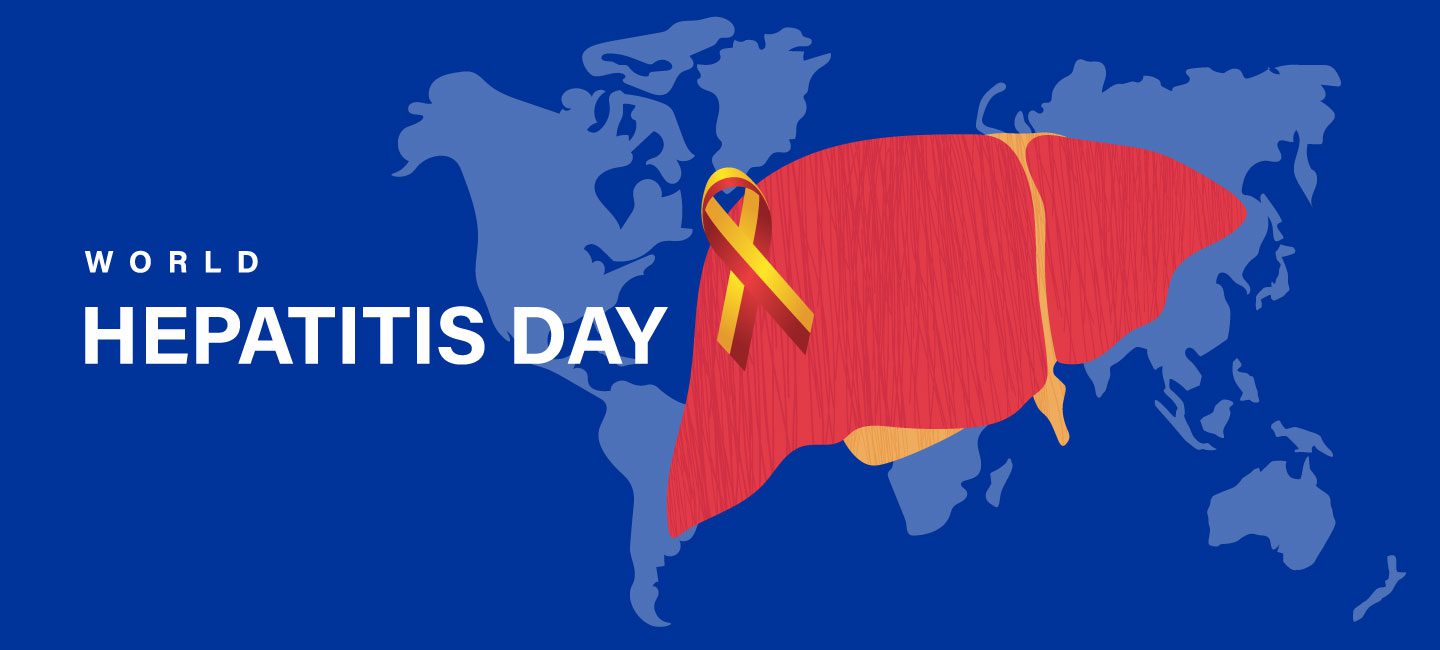There is one agreeable point regarding the subject of time among the masses. There isn’t enough of it. Most of us wish for additional hours in a day, desire to slow down the years, and dream of accomplishing more in the limited seconds given. Time is ticking away, and as the saying goes, “it waits for no man.” It is the one resource provided that can not be replenished. Once it’s gone, it’s gone.
This year’s World Hepatitis Day (WHD) reminds us just how precious time is with the theme, “Hepatitis Can’t Wait.” The viral group of infectious diseases known as hepatitis A, B, C, D, and E that affects the liver takes over a million lives annually—that’s one person every 30 seconds, many deaths of which are preventable with timely diagnosis. We commemorate WHD to raise awareness of the problem of viral hepatitis, impacting more than 325 million people worldwide. Most of them are unaware that they are infected due to a lack of a diagnosis.

Detection goes a long way as some forms of hepatitis are acute and are treatable, preventing death before it evolves into a chronic condition. Awareness is also vital as each hepatitis virus is distinct and can spread in different ways, which results in various health outcomes.
Hepatitis A and E are liver infections found in the stool and blood of those infected. Hepatitis A is highly contagious and spreads when ingested through close personal contact with an infected person or eating contaminated foods or drinks. Hepatitis E is usually found in developing countries and spread via drinking water contaminated by feces from infected people. Most individuals with hepatitis A have short-term symptoms that can last for two months. Those with hepatitis E fully recover, except for in rare cases in people with compromised immune systems.
Hepatitis B, C, and D spread through bodily fluids. Hepatitis B and D are both short-lived, but for some, the viruses can cause a chronic infection that leads to severe or life-threatening health issues. This includes cirrhosis or liver cancer. Hepatitis D can lead to life-long liver damage and even death.
More than half of those infected with hepatitis C experience cirrhosis and liver cancer as well. Because there is no vaccine for hepatitis C, prevention is the best safeguard. Getting tested for hepatitis C is vital as treatments can cure most people with hepatitis C in 8 to 12 weeks.
A liver ultrasound can assist in detecting the hepatitis virus. The sooner a patient and their care team can confirm the infection, the sooner a treatment plan can be formulated. Point-of-care ultrasound (POCUS) is renowned for its rapid diagnosis, and, in a case where the liver is involved, it becomes an essential modality to support the diagnostic process. In utilizing POCUS, a care team seeks to image the liver to see whether it is inflamed. An ultrasound can also reveal large areas of scar tissue within the liver, suggesting cirrhosis.
The liver normally has a homogenous echogenicity. In conducting a POCUS exam, monitor for variations, such as increased or decreased echogenicity, masses, or lesions. Take notice of any marked coarseness or nodularity as the liver should have a smooth capsular contour. After visualizing the liver, freeze the image to measure the liver span from the diaphragmatic surface to the inferior border. Any appearance outside of the norm should proceed with a thorough history and physical exam, and additional diagnostic modalities must accompany inconclusive findings.
POCUS is a notable starting place for awareness. Globally, there are 290 million people obliviously living with viral hepatitis. If left undiagnosed and without care, the number of lost lives will only continue to rise. On July 28, World Hepatitis Day, rally with the troops worldwide, calling all, especially the medical community, to take action and raise awareness, helping to find the “missing millions.”
As the world begins to pace towards the exit of a global pandemic, an epidemic still exists. WHD is here to bring it to an end, blaring the message that time can no longer be wasted. Today is the day to awaken consciousness and encourage the kind of change that will prevent, diagnose, and treat.
Another 30 seconds have gone by, and another life is now gone. Hepatitis can’t wait, and the World Hepatitis Alliance tells us why:
- People living with viral hepatitis unaware can’t wait for testing.
- People living with hepatitis can’t wait for life-saving treatments.
- Expectant mothers can’t wait for hepatitis screening and treatment.
- Newborn babies can’t wait for birth dose vaccination.
- People affected by hepatitis can’t wait to end stigma and discrimination.
- Community organizations can’t wait for greater investment.
- Decision-makers can’t wait and must act now to make hepatitis elimination a reality through political will and funding.
The clock continues to tick, and the days remain at 24 hours. Since time waits for no one, now is the moment to act. Review the World Hepatitis Alliance’s WHD website to learn how to participate in eliminating the toll of hepatitis on the world.





















